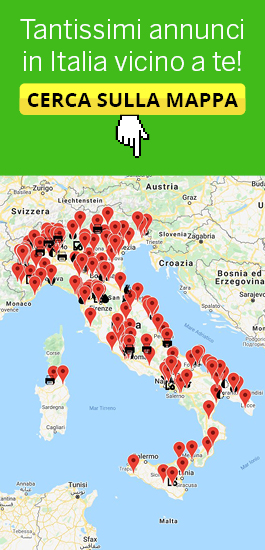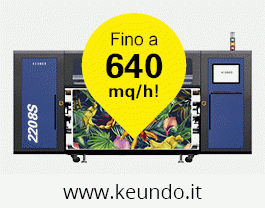kersbaod
nt-aac.com
Food and feed additives are substances that are added to food to maintain or improve the safety, freshness, taste, texture, or appearance of food or feed. Some food additives have been in use for centuries for preservation – such as salt (in meats such as bacon or dried fish), sugar (in marmalade), or sulfur dioxide (in wine). Food additives can be derived from plants, animals, or minerals, or they can be synthetic. They are added intentionally to food to perform certain technological purposes which consumers often take for granted. Feed additives are products used in animal nutrition to achieve an effect on the feed itself, on the animals, on food products obtained from the animals consuming the feed additive, or on the environment. For instance, feed additives are used to enhance flavor of feed, meet the need for certain nutrients or increase the performance of animals in good health. They are used in feed for food-producing animals and in pet food. Feed additives include technological additives, sensory additives, nutritional additives, zootechnical additives, coccidiostats, and histomonostats.
The organic chemical raw materials are petrochemicals made of petroleum and natural gas, and the industries of various organic chemical products are produced or fractionated by the raw material gas after coal gasification and the coal tar recovered by dry distillation. The direct raw materials used in basic organic chemicals mainly include hydrogen, carbon monoxide, aliphatic hydrocarbons (methane, ethylene, acetylene, propylene, aliphatic hydrocarbons above C4), aromatic hydrocarbons (benzene, toluene, xylene, ethylbenzene). Organic raw materials are widely used and can be divided into three aspects: one is the raw material used to produce polymer chemical products, that is, the monomer for polymerization; the other is used in other organic chemical industries, including raw materials for fine chemical products; Used in solvents, refrigerants, antifreeze, gas adsorbents, etc. Basic organic chemicals are the basis for the development of various organic chemical products and are a major component of modern industrial structures.
- Creato: 08-04-22
- Ultimo Login: 08-04-22
- Sito web o pagina Facebook: http://www.hoututea.com/chain-green-tea/






